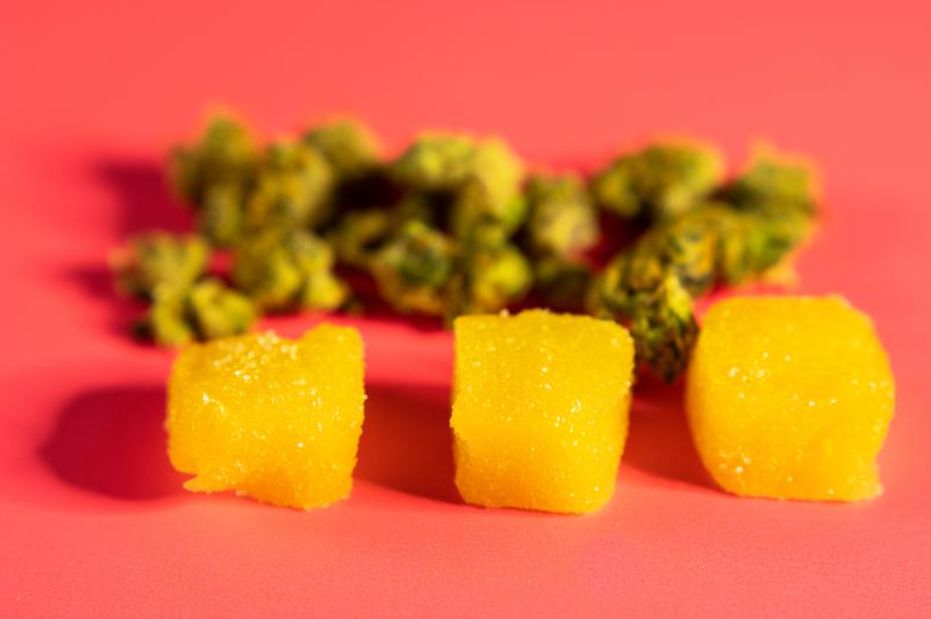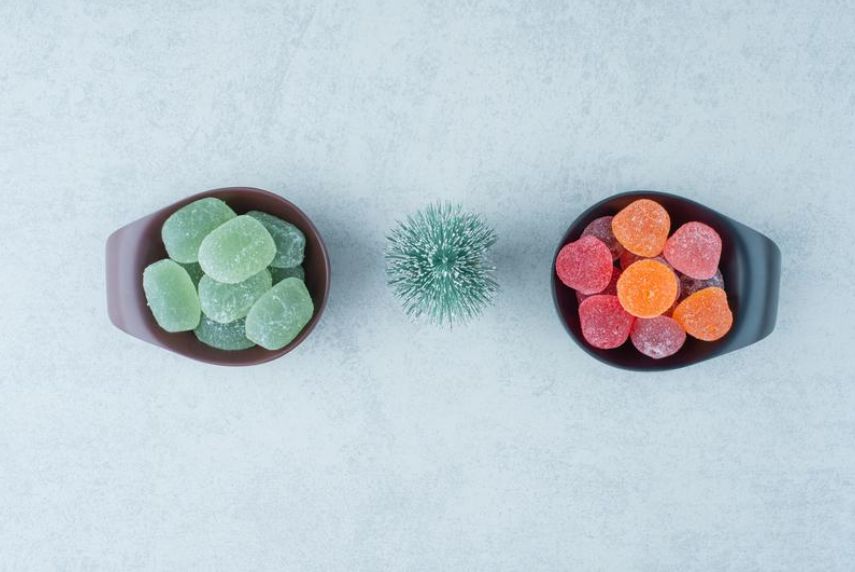THC gummies are undoubtedly becoming one of the most popular ways to enjoy cannabis. Their rising popularity is matched by an increase in questions about how long THC remains detectable after use. After all, what beats such a discreet, tasty treat that still offers a controlled dose of THC? But while the effects of THC gummies may only last a few hours, traces of THC can linger in your system for a long time.
Maybe you’re preparing for a drug test, or just curious about your body’s metabolism. The one question we get often is, “How long does THC gummies stay in your system?” Well, this article will break all that down for you. We’ll also dive into the factors influencing the duration and how testing methods differ. Read on.
What Happens When You Eat THC Gummies
When you eat your favorite THC gummy, your body processes the cannabis differently than when smoking or vaping. Instead of entering your bloodstream through your lungs, the THC travels through your digestive system and liver. Here, it is converted into a more potent compound known as 11-hydroxy-THC.
This metabolic process has two main effects. It has a slower onset – It can take 30 minutes to 2 hours before you start feeling high. But the effects also last longer – usually 6 to 10 hours, depending on your metabolism and dosage.
The same process that makes edibles last longer also makes THC and its metabolites linger in your body over time. How long? Well, sometimes for days or even weeks.

How the Body Stores THC
THC is fat-soluble, which means it binds to fat cells in your body. Once you ingest it, THC and its byproducts (the metabolites) are stored in fatty tissues. Then they’re slowly released back into the bloodstream.
The primary metabolite most drug tests look for is THC-COOH (11-nor-9-carboxy-THC). This compound doesn’t cause any psychoactive effects. However, it can remain detectable in your body long after that THC “high” has subsided.
Detection Windows by Test Type
Different drug tests detect THC for different lengths of time. Here’s a breakdown of the most common types and what you should expect. These detection windows are influenced by the type and frequency of your cannabis use.
1. Urine Test
Urine testing is the most common method used by employers and testing agencies. It doesn’t detect THC itself but it picks up on the THC-COOH metabolite.
Approximate detection times can vary.
- Single use; 1 – 3 days
- Moderate use (a few times a week); 5 – 7 days
- Regular use (daily); 10 – 15 days
- Heavy, chronic use; Up to 30 – 60 days
Because THC accumulates in fat, habitual users often test positive longer than occasional consumers. Yes, even if you’ve already stopped using THC.
2. Blood Test
THC is detectable in the blood for a much shorter period. After all, it’s rapidly metabolized and distributed to the body’s tissues.
- Single use; Up to 24 hours
- Regular use; 3 – 7 days
However, note that immediate post-consumption levels can be significantly high. This is why blood tests are often used in situations like roadside impairment checks.
3. Saliva Test
Saliva tests are becoming more common. And it’s all thanks to their non-invasive nature and quick results. But these typically only detect recent use, not long-term exposure.
- Single use; 1 – 3 days
- Frequent use; Up to 7 days
THC can enter saliva through smoke or edible residue. Therefore, eating a gummy could trigger a positive result up to a few hours after consumption.
4. Hair Follicle Test
This method has the longest detection window of all. Hair tests can detect THC use for up to 90 days, sometimes even more. When THC metabolites circulate in your bloodstream, tiny traces can become trapped in hair follicles as your hair grows.
Not to worry though, hair testing is less common for cannabis. Why? Because it is expensive, and may not always distinguish between light and heavy use.

Factors That Affect How Long THC Stays in Your System
Everyone’s body processes THC differently. And therefore, several factors can influence how long THC gummies remain detectable in your system.
1. Frequency of Use
The first, and by far one of the most significant, is the frequency of use. The more often you consume THC, the more it builds up in your fat cells. If you are a regular user, it may take weeks for THC metabolites to fully clear from your body.
2. Dosage and Potency
If you take stronger gummies, you get higher THC concentrations, naturally resulting in more metabolites and longer detection windows.
3. Metabolism and Body Composition
If you have a faster metabolism or lower body fat percentages, you can eliminate THC more quickly. Conversely, if you have higher body fat, your body may retain THC for longer.
4. Hydration and Diet
Staying hydrated and maintaining a balanced diet can help your body process waste efficiently. Water alone won’t “flush” THC out, but dehydration can concentrate metabolites in your urine. This means higher chances of detection.
5. Liver Function
THC is processed in the liver. So, even with the best THC gummies, if you have liver issues, you may metabolize it more slowly.
To Wrap it Up; Tips for Reducing THC Retention
Chances are, you’ve eaten THC gummies and want to help your body clear them naturally. Here are a few safe, science-backed methods that work.
Staying hydrated helps, as adequate water intake supports kidney function and helps flush out waste. You should also exercise regularly. Both cardio and strength training can improve metabolism and fat-burning, therefore reducing THC reserves. A healthy diet, with fiber-rich foods and antioxidants, helps your liver and digestive system in processing THC.
Other handy tips include getting enough sleep to help your body process and repair or detox effectively. And of course, the simplest of all, just stop using THC. It is one of the most effective ways to get the metabolites off your body.

